The Greatest Dynasties in China: Ming Dynasty
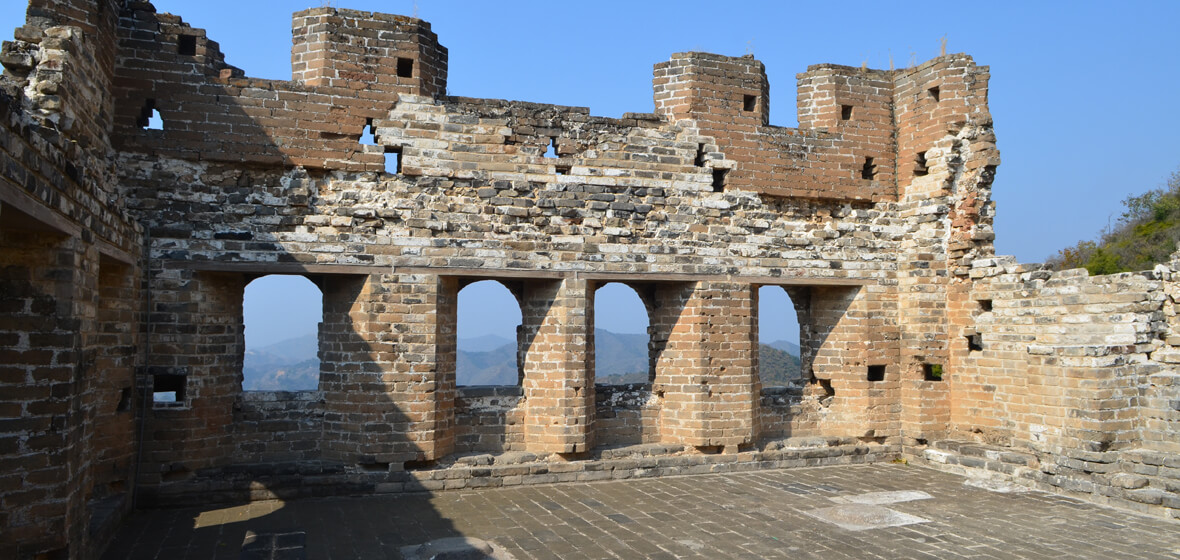
The Ming Dynasty is renowned for its cultural ties with the West, trade expansion, literature, drama, and world-famous porcelain. It was established by Zhu Yuanzhang, a peasant who rose to power during the collapse of the Mongol-led Yuan Dynasty. Throughout China's history, the Ming Dynasty was the most powerful, playing a leading role in military strength, political power, economy, trade, culture, and the arts. The early period of the Ming Dynasty, from the founding emperor to Emperor Yongle, laid a solid foundation for the empire's long-standing stability and prosperity. The Ming Dynasty established a global trading and tributary system, with the empire at its center. As more countries learned about Chinese culture through the Ming Dynasty, they became attracted and actively built cultural exchanges with the empire. These exchanges further contributed to the strength and glory of the Ming Dynasty.
The Facts of the Ming Dynasty
- Duration: 1368-1644
-
Capital City:
Nanjing (1368-1421)
Beijing (1421-1644) - Population: about 200 million
- Area: about 9,970,000 square kilometers (3,745,190 square miles)
The Notable Persons of Ming Dynasty
Zhu Yuanzhang
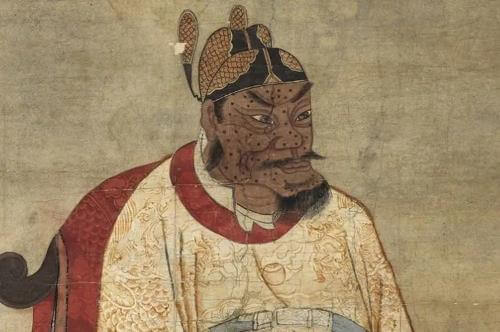
Commonly referred to as the Hongwu emperor, he was the founder of the dynasty and ruled from 1368 to 1398. He came from a humble background. To survive, he became a monk in a Buddhist temple at the age of 17. Senior monks asked him to beg for alms to reduce the temple’s burden, and he traveled extensively throughout the country, which broadened his perspective.
At 25, Zhu Yuanzhang joined the rebel army fighting against the Yuan dynasty and later married the adopted daughter of the rebel chief. He rose to lead the rebellion and eventually overthrew the Mongolian Empire. During his reign, he implemented honest administration that benefited the poor. He established clear and strict Ming laws and restored traditional Confucian values.
At the beginning of the Ming Dynasty, the country was in disarray due to years of war. Farms were being neglected, and the population had dwindled down to 60 million. However, Zhu Yuanzhang's government reversed this trend, and the population more than doubled during the Ming Dynasty.
Zhu Di
Also known as the Yongle Emperor, Zhu Di ruled from 1402 to 1424 and was known for his military conquests and his patronage of the arts. Zhu Di relocated the capital to Beijing in the north as his main concern was Mongolian resurgence. Additionally, he oversaw the construction of the Forbidden City. Zhu Di also had the Grand Canal widened to facilitate transportation of grains from the rich farmlands in the south to feed the population in the north.
Zhu Di is the patron of the Yongle Encyclopedia, which is a large-scale compendium – the largest in pre-modern China – arranged by subject categories traditionally used in China. The entire work is comprised of 22,877 sections of text proper and an introduction and index in 60 sections, all bound in 11,095 volumes, amounting to about 370 million characters in all.
Zheng He
His original name is Ma He, and he was a eunuch in the household of Prince Zhu Di. Through a long and close association, Zheng He became Emperor Zhu Di’s confidant. Zhu Di began to build ocean-going ships in 1403. By 1405, the fleet was ready to set sail from Nanjing. Zheng He was appointed admiral in command of the armada with permission to issue imperial orders at sea. The first voyage was an armada of 317 ships with 27,800 men on board. The ships that Zheng He commanded were very advanced in design. The nine-masted core ships were called “treasure ships” and were enormous in size, measuring approximately 135 meters long and 57 meters wide. From 1405 to 1432, Zheng He’s fleet made seven voyages to the Indian Ocean. He used Malacca in present-day Malaysia and Calicut on the western coast of India as his main bases. The ships reached the Persian Gulf and the east coast of Africa, trading with and subjugating a number of nations along the way.
Xu Guangqi
Xu Guangqi was a scholar and official who played a significant role in the development of Western science in China during the 16th century. He was the first native of China to publish translations of European books into Chinese. Collaborating with Matteo Ricci he translated Western books on mathematics, hydraulics, and geography. The first six books of Euclid's Elements were translated into Chinese in 1607 by Matteo Ricci and Xu Guangqi. He also experimented with Western-style irrigation methods and the cultivation of sweet potatoes and cotton. He promoted the use of wet-rice in the northeast of China and wrote an agricultural treatise, Nong Zheng Quan Shu (A Complete Collection on Agriculture), containing some 700,000 written Chinese characters.
Li Shizhen
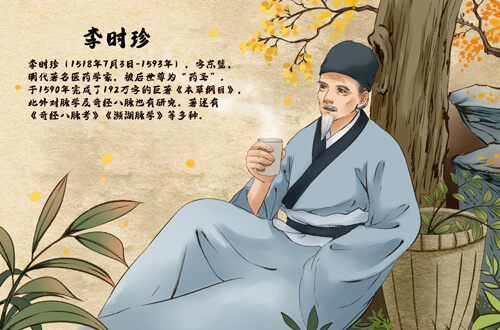
Li Shizhen was a Chinese physician and pharmacologist. He is a kind of patron saint of Chinese herbal medicine, widely lauded by historians and practitioners of traditional Chinese medicine (TCM). He spent the last half of his life researching and writing an enormous book that became his magnum opus, the Bencao gangmu (Compendium of Materia Medica) – an encyclopedic work in the tradition of bencao (materia medica) literature, which includes works explaining the qualities of the various substances used in making medical drugs: plants, animals, stones, clothing, household implements, and assorted other materials. The largest and most complete work on materia medica of its time, the Bencao gangmu contains 52 chapters of descriptions, stories, poems, histories, and recipes for how to use and understand everything from fire and mud to ginseng and artemisia, turtles and lions, and even human body parts as medical drugs.
Zhang Juzheng
Zhang Juzheng served as teacher, Grand Secretary, and chief advisor to the Wanli Emperor (r. 1573-1620). He was known for his efforts to reform the government and reduce corruption. His policies and projects, including repairs of the Grand Canal, reform of the courier system, and various reforms of the size and efficiency of the bureaucracy, contributed to an empire that was comparatively peaceful and prosperous, as well as full government coffers. He reduced the size of the bureaucracy overall, placed greater central control over provincial governors, and took steps to reduce the influence of palace eunuchs. Perhaps his most prominent act was the empire-wide implementation of the Single Whip Reform of the tax system, which had already been tested in Fujian and Zhejiang provinces; thirty or forty different tax obligations were now combined into one, and where taxes were previously paid in some combination of cash (coin) and kind (grain or other products), all taxes were now to be paid in coin.
What is the Ming Dynasty Known for?
The Ming Dynasty is known for several significant achievements and advancements in various fields. Some of the most notable accomplishments of the Ming Dynasty include:
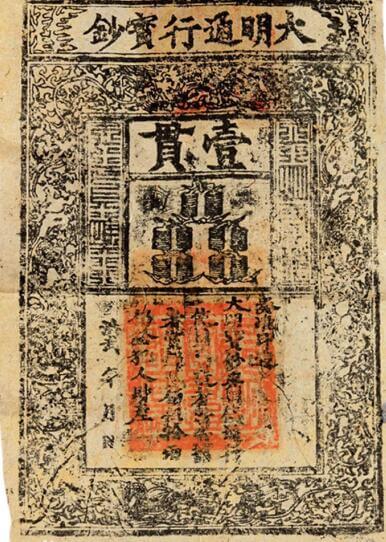 Paper money of Ming Dynasty
Paper money of Ming DynastyEconomic Growth
- The Ming Dynasty saw significant economic growth, with advancements in agriculture, trade, and industry.
- The Grand Canal was expanded, which facilitated transportation and trade, and the use of paper money became widespread.
- The Ming saw the rise of large commercial plantations, cash crops, and expanded markets.
Cultural Achievements
The Ming Dynasty was a time of great cultural achievements, including advancements in literature, poetry, painting, and calligraphy.
- During the Ming Dynasty, full-length novels began to emerge, drawing heavily from the story cycles developed by oral storytellers who had been performing in urban centers for centuries. Some of the greatest Ming novels include The Water Margin, which tells the story of a band of outlaws during the Song Dynasty; The Romance of the Three Kingdoms, which depicts the martial exploits of the rivals for power at the end of the Han Dynasty; The Journey to the West, a fantastic account of a Buddhist pilgrim to India during the Tang Dynasty, accompanied by a monkey with magical powers; and Plum in the Golden Vase, an erotic tale of a lustful merchant and his wife and concubines.
- Ming Dynasty painting was characterized by its realism, attention to detail, and use of color. Rapid economic expansion in south China created a new clientele for art, including landowners and wealthy merchants, many of whom wanted images that portrayed the cultivated lifestyle of a scholar.
- Ming Dynasty calligraphy was characterized by its elegance, simplicity, and attention to detail. The Imperial courts were developing the ‘Taige’ (official script) and it was required of all scholar officials that they be adept in using it. The studies of Tie-rubbing (the ‘Tie’ refers to calligraphy painted in brush then engraved on stone or wood), which was started from the Northern Song period, was very popular in the middle Ming dynasty.
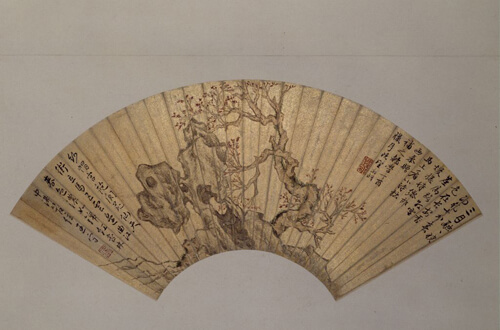
Technological Innovations
The Ming Dynasty saw significant technological advancements, including the development of the compass, gunpowder, and the printing press.
- The Ming Dynasty saw significant technological advancements, including the development of the compass, gunpowder, and the printing press.
- Gunpowder: The Ming Dynasty saw significant advancements in gunpowder technology, which led to the development of new weapons such as cannons and muskets. This technology had a significant impact on warfare and helped to shape the course of Chinese history.
- Agriculture: The Ming Dynasty saw advancements in agriculture, including the development of new crop varieties and irrigation systems. This helped to increase agricultural productivity and improve the standard of living for many people in China.
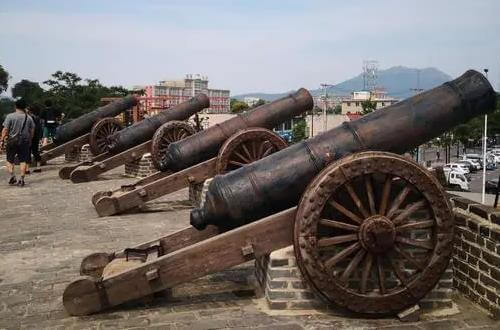
Naval Power
- The Ming Dynasty was known for its naval power and the development of advanced naval technology, including the use of large ships and cannons.
- The Ming Dynasty was known for its exploration of the seas, led by the famous Chinese explorer Zheng He who led several expeditions to Southeast Asia, South Asia, the Middle East, and East Africa. This helped to establish trade and diplomatic relations with other countries.
- The Ming Dynasty saw significant advancements in navigation technology, including the use of the compass, maps, and astronomical observations. This allowed Chinese sailors to navigate the seas with greater accuracy and safety.
- The Ming Dynasty developed advanced naval warfare techniques, including the use of cannons and other firearms. The Ming navy was able to defeat the pirate fleets that plagued the Chinese coast and also repel foreign invaders.
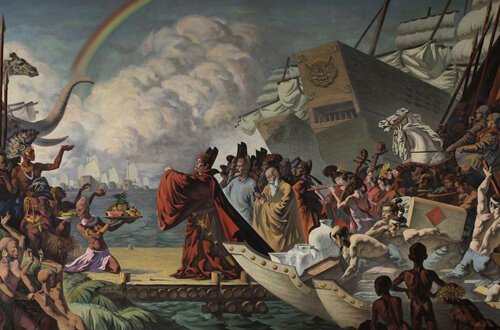
The Great Wall:
- The Great Wall of the Ming Dynasty is the longest and most well-known section of the Great Wall, stretching for over 5,000 miles. The wall was built along the northern borders of China, from the Shanhaiguan Pass in the east to the Jiayuguan Pass in the west.
- The Great Wall of the Ming Dynasty is the longest and most well-known section of the Great Wall, stretching for over 5,000 miles. The wall was built along the northern borders of China, from the Shanhaiguan Pass in the east to the Jiayuguan Pass in the west.
Porcelain
Ming Dynasty porcelain was a significant achievement in the history of Chinese art. Porcelain pieces are renowned throughout the art world for their beauty, intricate detail and design and craftsmanship. Perhaps the most iconic are the blue-and-white porcelains that dominated the ceramic trade as early as the fourteenth century. Although blue-and-whites had been produced prior to the Ming dynasty, it was in the fourteenth century that the site of Jingdezhen in Jiangxi province began to produce official underglaze blue porcelains for the court.
Where Can I See the Influence of the Ming Dynasty Today?
The Forbidden City: The Forbidden City in Beijing was built during the Ming Dynasty and served as the imperial palace for several emperors. It is one of the most iconic examples of Ming Dynasty architecture and is a popular tourist destination.
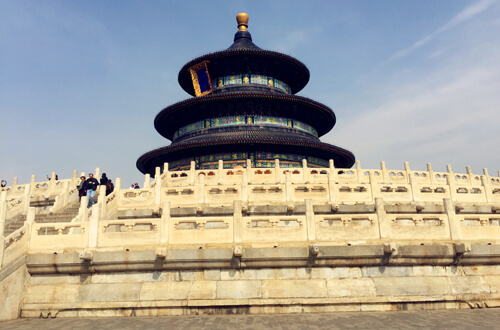
The Temple of Heaven: The Temple of Heaven in Beijing was also built during the Ming Dynasty and was used for imperial ceremonies and sacrifices. It is a UNESCO World Heritage Site and is known for its beautiful architecture and gardens.
The Great Wall: The Great Wall of China was largely built during the Ming Dynasty and is one of the most iconic symbols of China. It stretches for thousands of miles and is a popular tourist destination.
Porcelain: Ming Dynasty porcelain is highly prized and is still produced in some parts of China today. Ming Dynasty porcelains have been housed in museums all over the world, like the British Museum in London, The Metropolitan Museum of Art in New York, Palace Museum in Beijing and Shanghai Museum in Shanghai.

OR
Are you eager to begin your Chinese cultural journey?
Drop us a line and we will promptly connect you with our leading China expert!